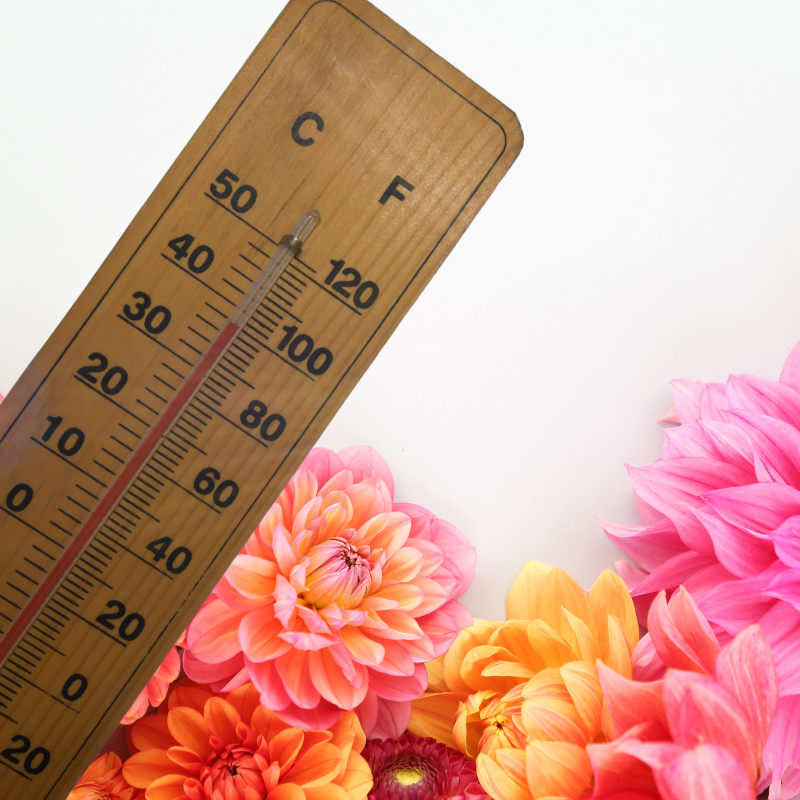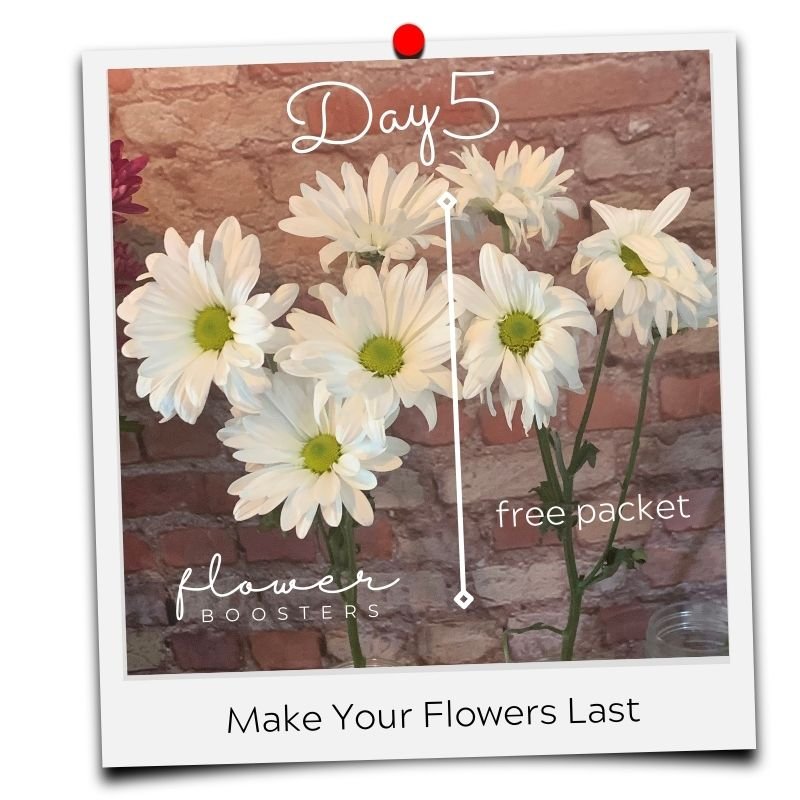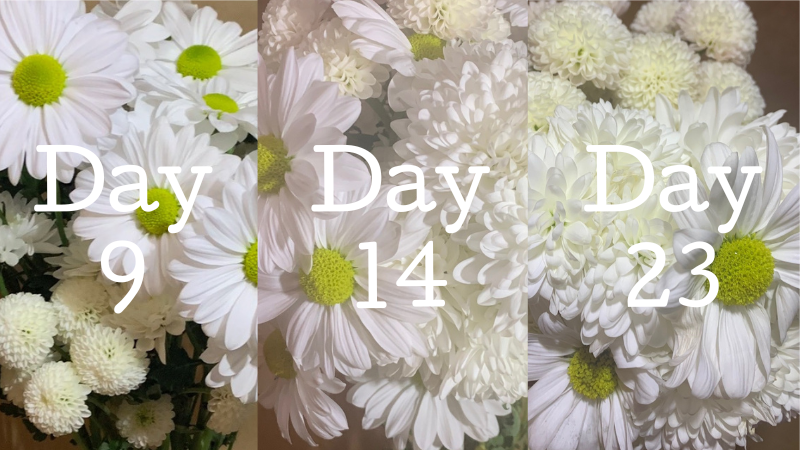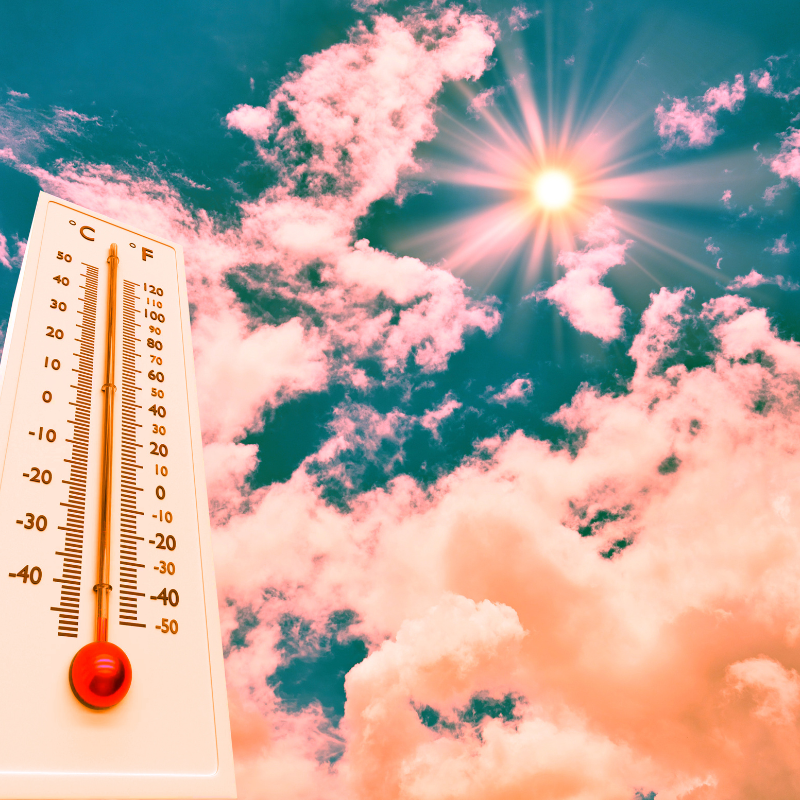How to Keep Cut Flowers Fresh—Especially in Summer

There’s nothing quite like the joy of fresh flowers brightening your home. But as beautiful as they are, cut flowers are also fragile—especially during the heat of summer. Whether they came from your garden or a grocery store bouquet, keeping flowers fresh requires more than just water in a vase. It’s about protecting your blooms from the silent killers of summer: heat, humidity, and fluctuating temperatures.
Let’s dive into what actually keeps cut flowers fresh—and how you can protect your bouquet from wilting in the summer sun.
Why Fresh Flowers Struggle in Summer
Outdoors, summer heat coaxes flowers into full bloom—but once they’re cut, it becomes their worst enemy. Unlike garden plants that can draw moisture from the soil and adapt to their environment, cut flowers are in survival mode. Every degree of temperature change can speed up their decline.
If your home gets warm during the day—or if you adjust the thermostat while you’re out—it may be doing more damage to your flowers than you realize.
1. Avoid Direct Sunlight (Even Indoors)
It’s tempting to set your bouquet in a sunny windowsill, but direct sunlight speeds up water loss and can cause heat stress. Always choose a shaded spot, preferably one that stays cool and dim throughout the day.
Pro Tip: West-facing windows are the harshest in summer, while south-facing ones tend to be warmer in winter. Try placing your flowers away from windows. Even a few degrees of temperature swing can cut your flowers’ life short.
2. Keep Away from Vents and Drafts
Many people assume their flowers will thrive near the air conditioner—but in reality, the blast of cold or hot air is a shock to cut stems. Whether it’s a heater in winter or AC in summer, sudden air movement causes dehydration and temperature stress.
If you love displaying flowers in the living room or entryway, check for vents nearby. You might be unknowingly placing them right in the danger zone.
3. Watch for Temperature Fluctuations
During summer, it’s common to lower the thermostat while you’re home and raise it again while you’re out. But this routine—while energy-efficient—can create huge swings in temperature that drastically shorten your flower’s lifespan.
If you’ll be away for long stretches during the day, consider moving your bouquet to a more temperature-stable area—like a guest bathroom or hallway.
Consistency is key. Flowers do best when the temperature stays between 65–72°F with minimal fluctuation.
4. Trim and Refresh Regularly
Heat increases bacterial growth in vase water, which clogs stems and speeds up decay. To combat this, trim stems every few days and change the water frequently—every 2 to 3 days in summer is ideal.
Better yet, add a cut flower enhancer to slow bacteria, nourish your blooms, and extend their life. Not all flower food is equal, though—look for a non-toxic formula like Flower Boosters that gives professional-level results without the harsh chemicals.
5. Don’t Be Afraid to Move Them
If you’re heading out for the day and your home gets warm, treat your bouquet like a living thing—because it is. Just as you’d protect a pet from the heat, protect your flowers, too. Move them to a cooler, shaded spot until you return.
Yes, it’s an extra step. But it’s one that helps you get more life, more beauty, and more value out of every bouquet.
Keeping flowers fresh is always a delicate dance—but in summer, it’s a race against the heat. A few simple choices—like where you place them, how often you trim them, and what’s in their vase—can make the difference between a bouquet that lasts 3 days and one that thrives for 10 or more.
If you’re investing in flowers, make them last. A little awareness goes a long way—and your blooms will thank you for it.
Suggested Reading:
Ready to get more for your flower dollar?
Upgrade your vase game with Flower Boosters — better than those free packets, this pet-safe, non-toxic powder is proven to help the most common everyday flowers last up to 20 days or more.
The results speak for themselves: longer vase life, clearer water, and blooms that actually open fully before fading.W




